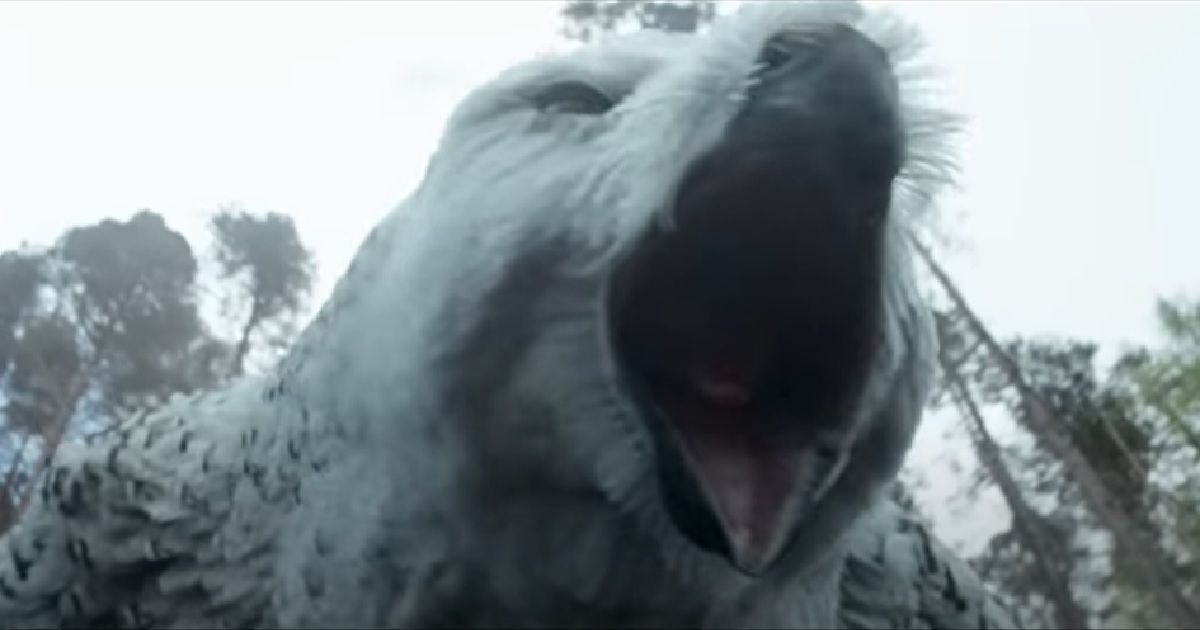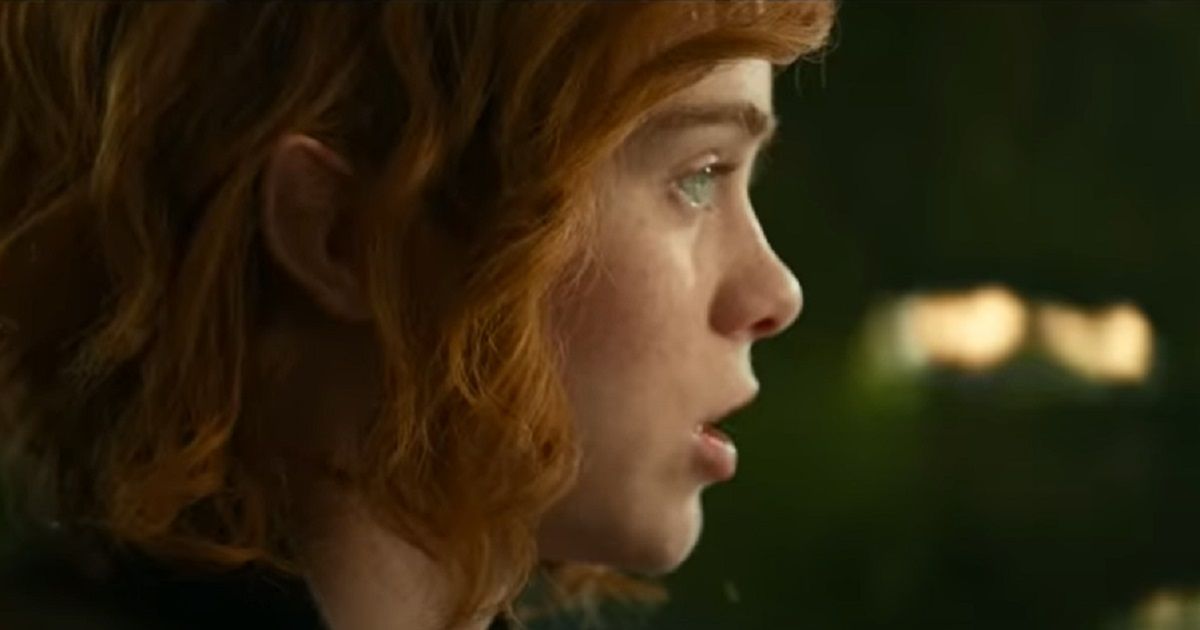The world of epic fantasy table-top role-playing game Dungeons & Dragons is once again attempting to break out into the world of mainstream blockbuster movies, this time with Dungeons & Dragons: Honor Among Thieves. While adapting any novel, game, or toy line for cinema audiences is a daunting task for anyone, unpacking something with as many die-hard fans and a book of lore and rules longer than a George R. R. Martin novel is a challenge many would not even think of undertaking. However, John Francis Daley and Jonathan Goldstein have rolled the dice, made their alliances, and are setting out to do battle with the most fearsome foe they could face – moviegoers.
When the first trailer for Dungeons and Dragons: Honor Among Thieves dropped back in summer 2022, the initial reaction was fairly positive. For lovers of fantasy adventure movies, there was plenty to like; for D&D enthusiasts, it appeared to have avoided being an instant turn-off, but one very brief moment caught the eye of the avid fandom that caused instant controversy – a druid that could shapeshift into a monstrous Owlbear. Although any casual viewer will not see anything wrong at this moment, it started a debate across social media that is still being discussed ahead of the movie’s release at the end of the month. So the question is, why is this one moment such a bone of contention, and why, in the grander scheme, does it perhaps not matter as much as some have suggested?
Druids? Owlbears? What Does This Mean For Non-D&D Players?
Dungeons & Dragons: Honor Among Thieves is a movie that, for many, is simply a classic fantasy combination of magic, monsters, and adventure that can sit in the same general space as classic movies such as Willow and The Mummy. There is a group of heroes with different skills and abilities, a mission or quest to be undertaken, and plenty of traps, creatures, and villains to get in their way. However, attaching the D&D name to a project also brings with it over 50 years of constantly changing lore and rule books. This is where things can get a little harder to navigate when it comes to things like how a Tiefling Druid by the name of Doric can transform herself into a creature known as an Owlbear.
For those who don’t know, Druids have a number of powers, including the ability to turn themselves into any beast through something called Wild Shape. Owlbears are a huge creature that…well, looks like the amalgamation of a mighty owl and a bear. So this should all be fine. However, the most recent edition of Dungeons & Dragons rules notes that a Druid can use the ability known as Wild Shape to transform into any “beast” that they have previously encountered. For those following the rules of the game to the letter, the problem comes in the classification of Owlbears. Rather than being listed as a “Beast,” Owlbears are “Monstrosities,” which has led to the often heated debate about the importance of Doric’s abilities in the movie.
For those who have ventured into the tie-in novels, one of which focuses on Doric learning her Druid abilities, then the Owlbear issue rears its head again. Still, that story does manage to anticipate the way some people would react to the change in lore, as Doric’s first transformation is noted as being “impossible” by some of the other characters.
However, one caveat to this has allowed Dungeons & Dragons: Honor Among Thieves to perhaps play a little fast and loose with certain aspects of the RPG’s lore.
How Can Dungeons & Dragons: Honor Among Thieves Bend the Rules?
If you take away “the rules” of Dungeons & Dragons, doesn’t that turn it from a D&D movie into just a fantasy movie with some fantastic monsters? Well, not necessarily for a couple of reasons. There are some people who don’t stick exactly to the rules of the table-top game if they can come up with something that is so spectacular it can be seen to adhere to the “Rule of Cool.” For many, a Druid transforming into an Owlbear and obliterating a whole army of guards in one swipe would most definitely fall into this category.
This is clearly the way Dungeons & Dragons: Honor Among Thieves is dealing with its version of the rule book, and in many ways, it is probably the best way for the film to go about making something that has plenty of action and adventure and doesn’t spend too much time worrying if certain moments are going to go against one of the many rules the Table Top game comes with. Does this mean it cannot be a true D&D movie experience? Not at all.
Dungeons & Dragons: Honor Among Thieves has plenty of creatures and situations that are taken directly from the game. The situations have been designed to play out as though the lead band of heroes are the players of one such game, being thrown from one situation to another, and although you cannot see the dice being rolled and the choices being made, that is the feel the movie is meant to have. With Dungeons & Dragons having been dragged in front of a larger audience than ever through the game’s inclusion in the Netflix series Stranger Things, it probably couldn’t be a better time for this movie to be released. With that in mind, there could well be many more people going to see the movie who have no idea about the intricate rules of the game than avid fans. For that reason alone, the debate about Druids and Owlbears is one that will have no real bearing on the success of the movie.



